The school years are tough, no more so than if you’re diagnosed with dyslexia. The problem is many people assume reading is a natural trait for humans. In fact, talking or oral communication is our brain’s natural predisposition – reading is quite another thing and has no genetic basis. As The Yale Center For Dyslexia & Creativity website explains:
“When you read, your brain has to do a lot of things at once [:…] connect letters with sounds and put those sounds together in the right order […] Then it has to help you put letters, words, and paragraphs together in ways that let you read them quickly and understand what they mean. It also has to connect words and sentences with other kinds of knowledge.”
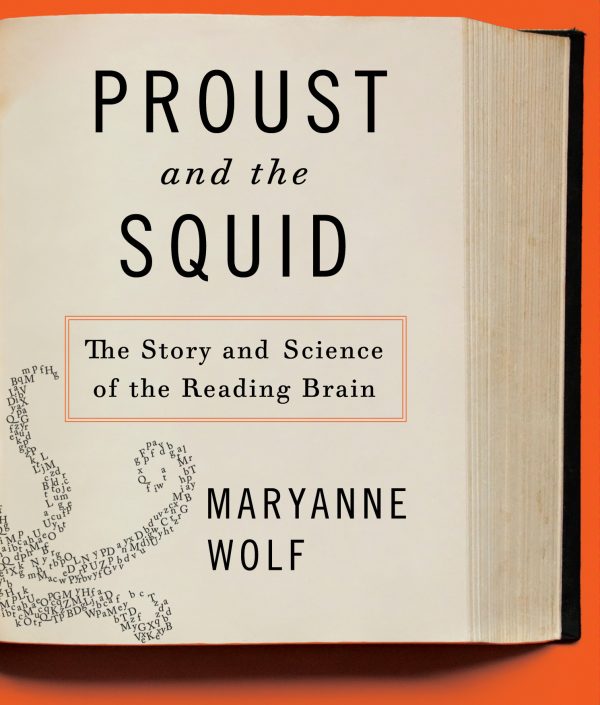
Source: Amazon
To put it another way, Maryanne Wolf (in Proust and the Squid – The Story and Science of the Reading Brain) compared the near-2,000 year struggle of our species to “make the cognitive breakthroughs necessary to learn to read with an alphabet” with the mere 2,000 days school kids are now given.
It’s no wonder, then, that many children worry that being dyslexic means something is wrong with their brains: this is not so. Studies have proven that dyslexic brains are absolutely healthy. And these children are often very talented. So talented that, in order to overcome their struggle with written words, they develop unique methods to read and study comfortably. They look for clues in pictures and illustrations and they listen to and memorize what others say or read aloud.
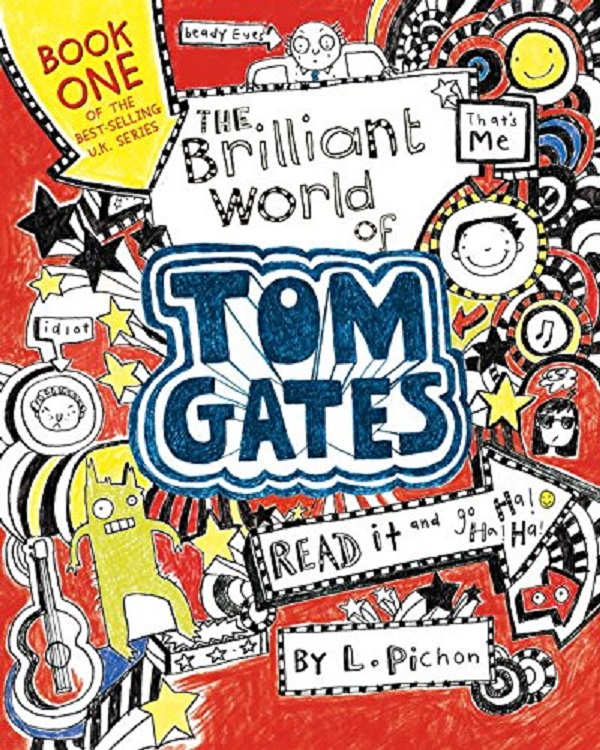
Source: Amazon
It was from author Liz Pichon’s own struggle with dyslexia, coupled with the news that her eldest son was going to have to cope with the same thing, that prompted her to create the popular Tom Gates series:
“I loved comics and books that were visual, books that you would open up and get to the story straight away […Kids with dyslexia…] shouldn’t feel that, in order for a book to be a ‘proper’ book, you have to take out the pictures.”
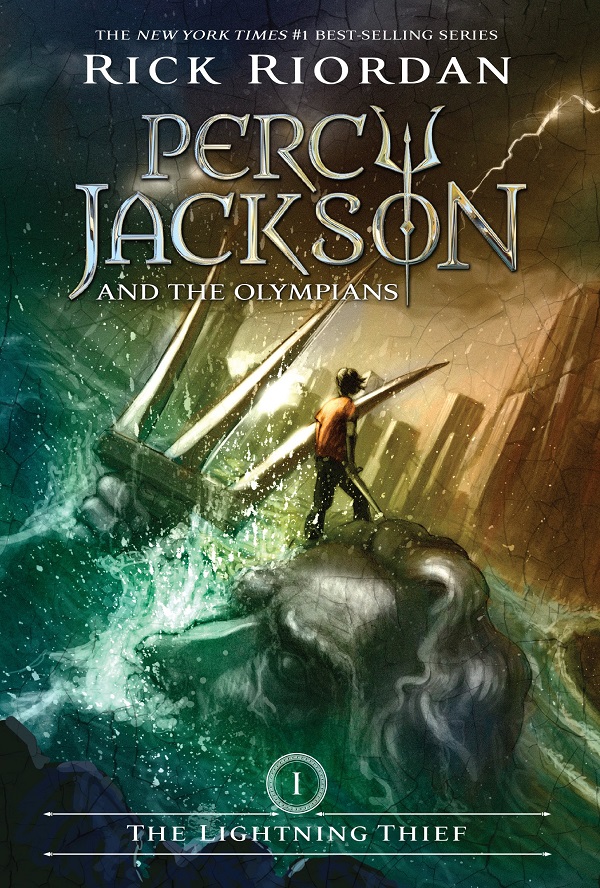
Source: Amazon
Similarly, Rick Riordan wrote the Percy Jackson series after his own son was diagnosed with both dyslexia and ADHD in third grade. The series isn’t illustrated, but the effort put in to read of the dyslexic hero’s feats instills confidence.
“ADHD and dyslexic people are creative, out-of-the-box thinkers. They cannot do things traditionally, so they learn to improvise. Percy Jackson was a myth to help him make sense of who he is.”
Here are some further titles for young reluctant and dyslexic readers:
1. Fortunately, the Milk by Neil Gaiman
For those in grades three to seven, Gaiman teams up with the vastly talented Chris Riddell for a tale of “time travel, dinosaurs, milk, and dads.” A humorous romp of a read, the B&W illustrations are reminiscent of Riddell’s Goth Girl and Ottoline series.
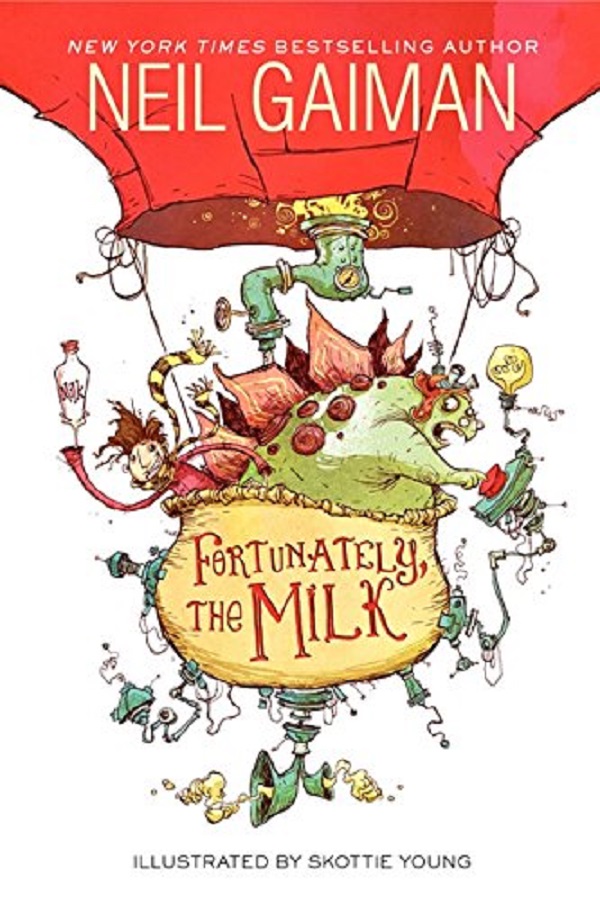
Source: Amazon
2. Flora and Ulyssess: The Illunminated Adventures by Kate DiCamillo
Protagonist, Flora Belle Buckman saves a squirrel from a vacuum cleaner and thereby unleashes the creature’s inner superhero: Ulysses. Supported by comic book-style graphics and full page B&W images crafted by K. G. Campbell, this is a harder read than Fortunately, the Milk… but an eccentric tale not to be missed.
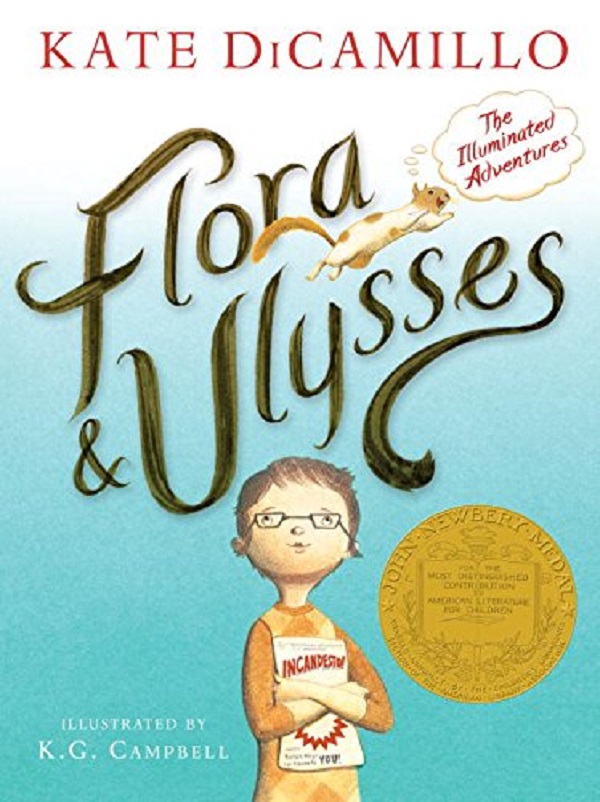
Source: Amazon
3. Diary of a Wimpy Kid by Jeff Kinney
For the 8-12yrs bracket, it would be an understatement to say Kinney’s series was popular. Read by reluctant, dyslexic, and confident readers alike, the simplistic line-style graphics of these books means children just tear through them with an irrepressible appetite (trust me, I’m a mom).
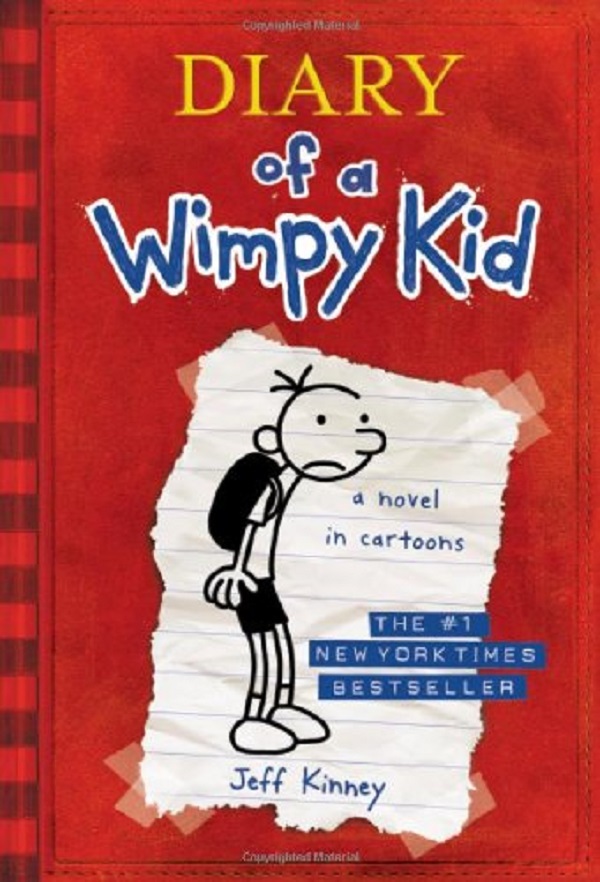
Source: Amazon
4. Wonder by R.J. Palacio
Concerning the need to be accepted, Palacio’s novel of 5th Grader, Auggie (who has a severe facial deformity and is for the first time going to a mainstream school), is not one of the easier options on this list, but contains digestible chapters and parts divided with a sketch of the person whose viewpoint will be written from next to guide readers.

Source: Amazon
5. The Invention of Hugo Cabret by Brian Selznick
Running to 566 pages, this massive book will make readers in the 9-12yrs bracket feel like serious readers. Mainly comprised of illustrations and containing only 30,000 words, it is a mystery story of artistic brilliance that will please even older readers.
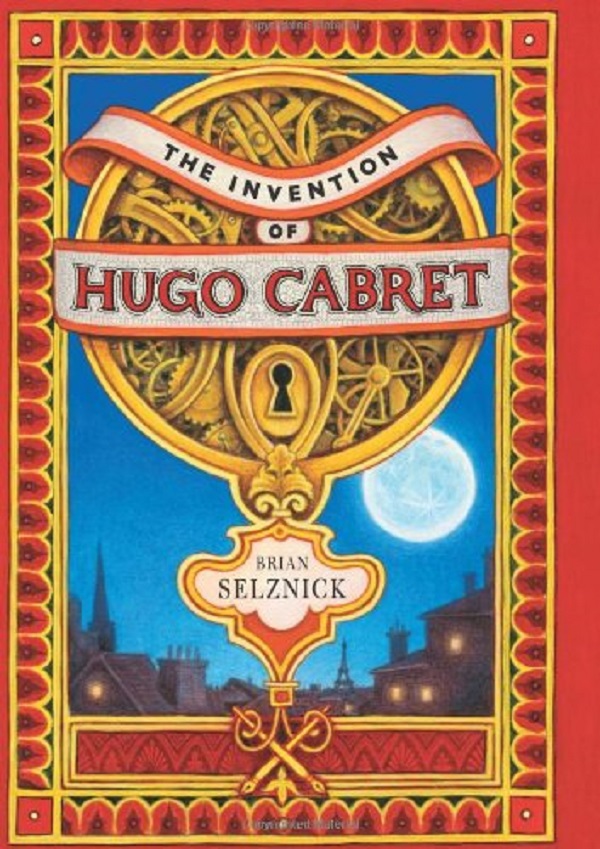
Source: Amazon
6. The BFG by Roald Dahl
Recently updated for the big screen, Dahl’s classic tale illustrated by Quentin Blake is replete with humor and the opportunity to explore words: delumptious, splendiferous, and chock full of snozzcumbers and whizzpopping – just as BFG captures dreams, so this book captures readers.

Source: Amazon
7. Romeo and Juliet by Gareth Hinds
A Young Adult graphic novel update of Shakespeare’s classic, Hinds’ multiracial retelling for grades seven and up allows children to sink their teeth into the bard without being scared off by iambic pentameter and Elizabethan English (for younger readers, Marcia Williams’ comic book-style adaptations of the plays are also worth a look at).
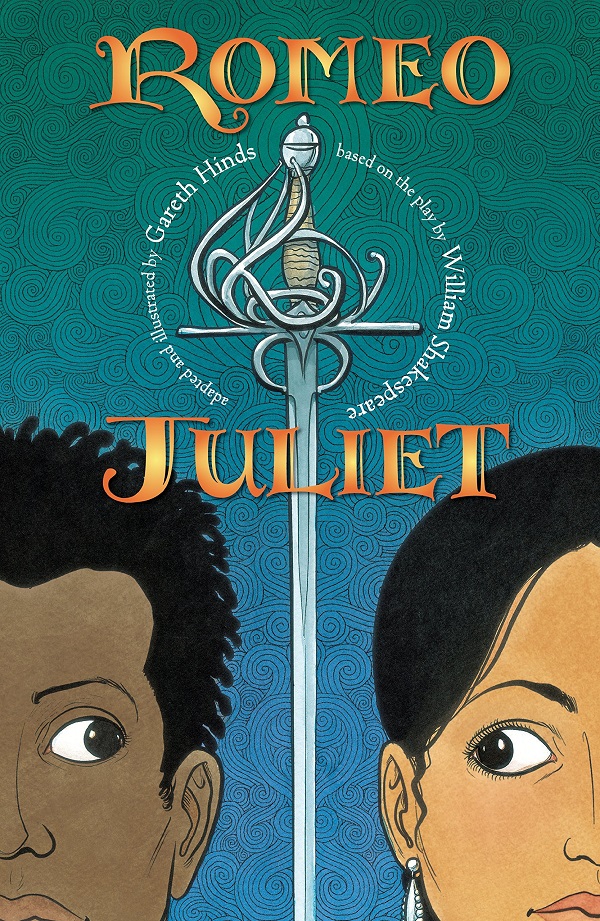
Source: Amazon
No excuses, now: there really are books for everyone!
YouTube Channel: MovingStories.TV
Featured image via Time



